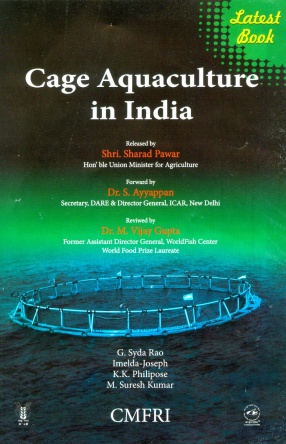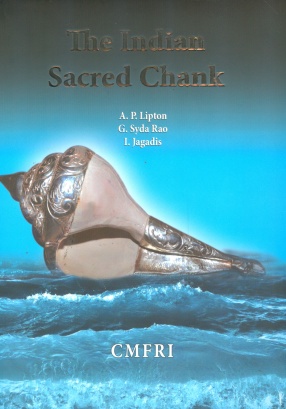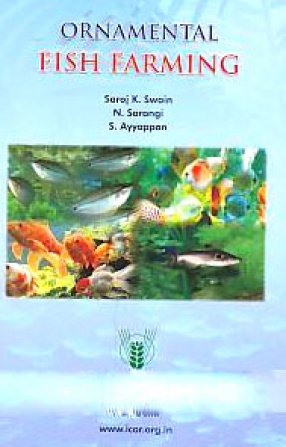The book "Cage Aquaculture in India" authored by Drs. G. Syda Rao, Imelda Joseph, K.K. Philipose and M. Suresh Kumar and published by the Central Marine Fisheries Research Institute (CMFRI) is a monumental work by the author and first comprehensive publication on the subject. Enclosed fresh and brackish water bodies such as ponds being fully or in some cases over-exploited creating environmental problems, the world is looking to farming of fish in open waters, the be fresh or marine to meet the increasing demand for fish not only in India, but also all over the world. Cage farming of fish in freshwater fish started sometime back in India on a small-scale but for various reasons could not take off on a commercial scale.
The book divided in to 15 chapters covers a broad spectrum of aspects that need to be taken in to consideration for successful cage farming. The chapters encompass detailed accounts on site selection for installation of cage including environmental aspects: engineering aspects that have to be taken in to consideration in building cost-effective cage that could be sustained by fishing/farming communities and small entrepreneurs; Installation and maintenance of cages; grow-out farming practices for high value species such as seabass (Lates calcarifer), Cobia Rachycentron canadum), mullets (Mugilsps.), Pearlspot (Etroplus suratensis), etc.; capture-based aquaculture for fattening spiny lobsters; precautions need to be taken for health management of cultured stock and control of diseases; socia-economic aspects that play an important role in sustainable cage farming and; offshore-cage systems. Cage fish farming in open-access waters raises of proprietary rights and the publication raises the need for appropriate policies.
The book also provides details on how to raise fry/fingerlings for stocking in cages. The authors provide case studies of successful demonstration of cage farming under taken by CMFRI in Andhra Pradesh, Gujarat, Karnataka, Kerala, Odisha and Tamil Nadu.









There are no reviews yet.